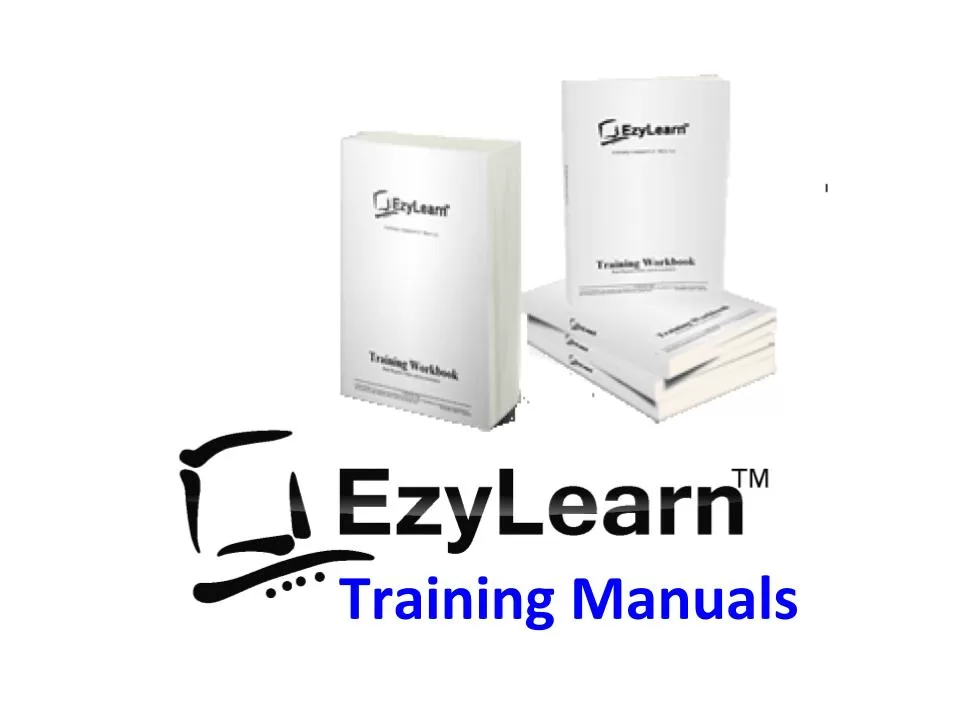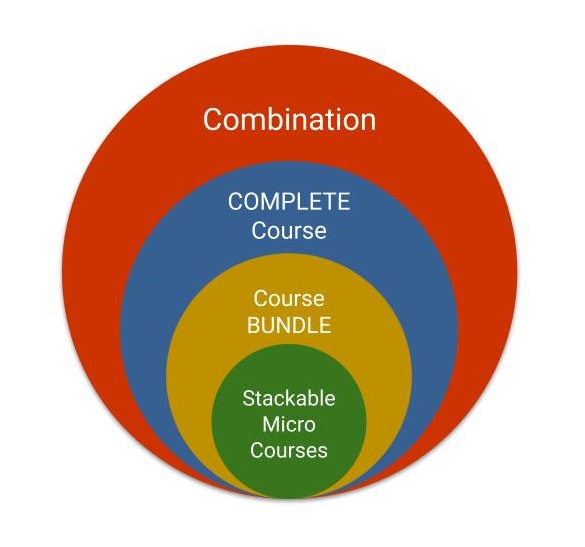Description

Company Vehicle, FBT & Expenses
The course includes capital purchases (a vehicle) and includes the different costs of running a vehicle should be treated, as well as expenses like entertainment; when FBT applies and an introduction to Payroll where you’ll explore how various aspects of wages are treated in the BAS.
Payroll Administration Introduction
You’ll explore how to manage ad-hoc wages where a small business pays it’s directors/owners and some casual staff on an adhoc basis. This is common with small consulting and service based businesses where the hours worked each week can vary depending on worrkload or projects. At the end of a quarter (or month) the liabilities and Superannuation guarantee as well as other employment obligations can be calculated on a spreadsheet based upon PAYG Schedules which are available from the ATO and you’ll learn how to do that.
You’ll learn how to enter these payments and transactions and be able to include expenses, liabilities and more in the end of quarter reporting.
Directors Loans
This course includes transactions which relate to a director lending money to the businesses and you’ll see how a transfer of assets and liabilities work from the transaction and coding side to the financial reporting side.
BAS Report and PAYG Reporting
After correctly coding all of these transactions, you’ll:
- set up the Financial Settings of a Business in Xero with regard to the GST registration (Cash vs Accrual and quarterly vs monthly).
- run a BAS report, which is combined with our specially-designed “Ad Hoc Payroll” Excel spreadsheet case study calculations in order to work out the final liabilities.
Decisions Based on Financial Reports
As you progress through this course you’ll see the results of the business owners ‘change of strategy’ and focus for the business. You’ll see what these results look like at the end of the quarter, as well as month-by-month comparisons of Profit and Loss and Balance Sheet reports.
Apart from performing all of a businesses compliance requirements, decision making is one of the biggest reasons for business to maintain detailed records and use computerised accounting software.
At the end of the course you’ll explore how the business owner can use the information in the reports to change the direction of the business, as well as how he will be able to configure their software to obtain even better reports at the end of the next quarterly reporting period.


 The QuickBooks Online GST, Reporting & BAS Training Course is included in the Advanced Bookkeeping Certificate and builds on the Intuit QuickBooks Online Bank Reconciliation & End of Month Course.
The QuickBooks Online GST, Reporting & BAS Training Course is included in the Advanced Bookkeeping Certificate and builds on the Intuit QuickBooks Online Bank Reconciliation & End of Month Course.








